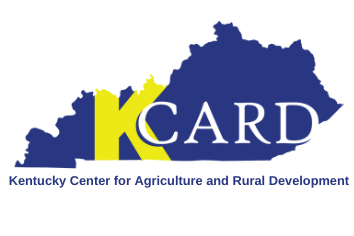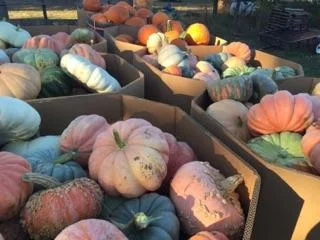Due to COVID, consumers are changing the way they are buying and what they are buying. While many consumers are settling into learning to live with the reality of COVID, the impact of the pandemic has left more lasting effects on the way consumers are shopping, and what is important to them. What does that mean for you? In this post, we discuss 3 major themes in consumer trends that are projected to continue into fall.
Social Selling – What it means to your online marketing
Chances are you are already doing some social selling if you have a Facebook business page, Instagram business page, or professional Twitter page. So, what is social selling? It is the art of using social media to find, connect with, understand, and nurture sales prospects. In short, it is the modern way to connect with current and potential customers to develop meaningful relationships. The goal with social selling is to bring value to your customer by anticipating their needs rather than just spamming them with “buy now” posts. We’ve put together some best practices to include with your social selling strategy.
New Ways to Collaborate
With restrictions on in-person sales and the challenges many markets are now facing, it is more important than ever to collaborate with neighbors and fellow producers. Collaboration can open new doors such as new customers, new retail locations, or the ability to sell online. We have listed a few ways you can collaborate with neighboring growers to give new and existing customers access to your products.
Key Thoughts for Distribution
This past week, the Kentucky Center for Agriculture and Rural Development (KCARD) partnered with UK’s Center for Crop Diversification (CCD) on a webinar comparing the pros and cons of farm-to-consumer distribution methods including On-Farm Pickup, Off-Farm Pickup, Home Delivery, and Shipping.
One thing we want to emphasize is that your business doesn’t need to do it all – i.e. offer every distribution method mentioned above. What works for one farm business might not work for yours. Below are a few key thoughts when it comes to picking a distribution method or two.
Expanding Your Social Media Presence
If you are not on social media or are not actively engaging your fans and followers, you are missing out on potential customers and interactions to build your brand. Social media is now more “social” than ever and people who are now homebound are spending more and more time on it. So how do you ramp up your activity to reach customers?
Q&A with KCARD: Online Ordering Options
Selling online can be a great opportunity for businesses to make up for lower in-person sales, pre-order products for quick pickup or delivery, and increase customer base to those who might not attend markets. Choose an online ordering service that meets your needs and works with the systems you already have. Check out five online ordering options we have seen clients use.
Q&A with KCARD: Offering Gift Cards
People are requesting gift certificates to help support local farms and local food businesses. Offering gifts cards is a great way to let people support you during this time of crisis. So how do you set that up? It depends on how you take payment now, but you have some options…
Dealing with the Crank - Part 2
Two weeks ago we talked about dealing with the crank in person - that person that leaves a bad review, yells at your staff, decides to leave and never come back and tells all their friends to do the same. What happens when the person complains online?
Do You Have to Collect Sales Tax for Online Sales?
For most farm-based products, you do not collect and submit sales tax in Kentucky. However, if you are selling non-food items, such as soaps, painted gourds, or other farm-related crafts, you must collect and remit sales tax. In Kentucky, you do this quarterly. What if you sell online, in other states?
By Design or By Default?
You can easily “fall into” a marketing channel or a product that you did not plan because you want to take advantage of every opportunity you can in an effort to make your farming business work. Unfortunately, all too often an “opportunity” may not be as good as it first appears, and you end up with lots of things your business is doing that really do not match where you want the business to go. And you may be doing a lot of things that actually cost the business more money than they make.















